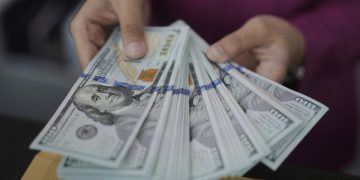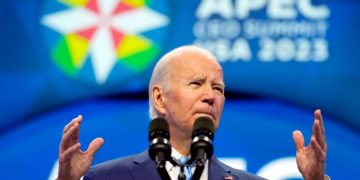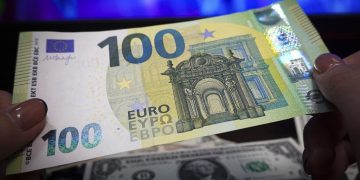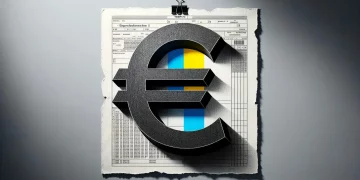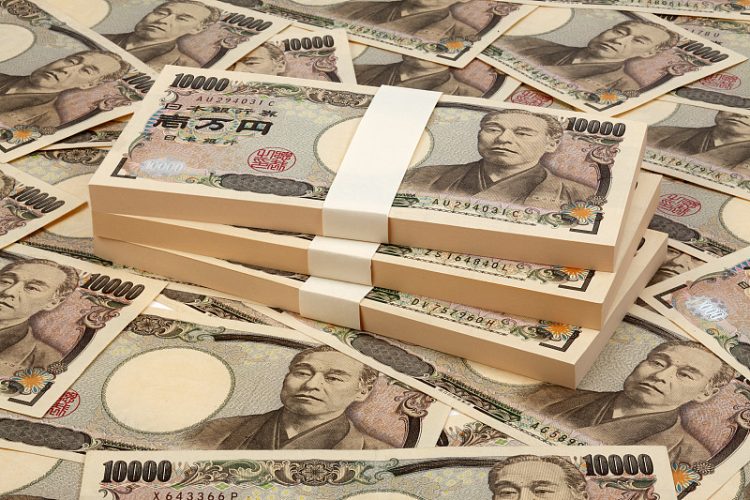Over the past year, the Japanese yen has continuously declined, making it the worst performing currency among the G10 currencies. Even though the Bank of Japan increased short-term policy interest rates for the first time since 2007, market sentiments remain low. Persistent weakening of the yen against the US dollar has left it hovering around its lowest point in 38 years, at approximately 161 yen to 1 US dollar. However, this trend appears to be changing unexpectedly.
The Shift in Yen’s Trajectory
In recent months, the yen has begun to strengthen. By the end of June, as the yen approached the 160 mark, close to its annual low, the Japanese government issued a rare and stern warning that they were prepared to intervene in the foreign exchange market 24/7 if necessary. Beyond potential interventions, some investors anticipate that the Bank of Japan may implement a combination of tightening measures, such as rate hikes and reducing bond purchases, in their upcoming meetings.
Turning Point on July 11
Interestingly, a significant turning point occurred on July 11. On that day, the United States released the June consumer price index (CPI) showing a lower-than-expected increase of 3.0%, down from the previous 3.3%. This data, combined with previous hawkish statements from Federal Reserve Chairman Jerome Powell, raised market expectations for a September rate cut by the Federal Reserve. Following the announcement, the yen surged significantly against the dollar, reaching a peak of 158 yen to 1 US dollar at one point.

Japan’s Government Actions
In mid-July, rumors suggested that Japan may have spent approximately 3.57 trillion yen to bolster the yen on July 11, potentially marking the third such intervention this year by the Bank of Japan. Subsequently, on July 12, the yen’s exchange rate further climbed, briefly breaking through to 157.3 yen to 1 US dollar.
The Balance of Policy Decisions
In an attempt to support the yen, Japanese officials are reportedly contemplating various measures. Key political figures have urged the Bank of Japan to clearly communicate its intention to normalize monetary policy, including gradual interest rate hikes. The Bank’s latest policy meeting minutes revealed discussions about the potential for rate hikes, signaling a shift towards addressing rising inflation concerns.
The Yen’s Role in Economic Strategy
The yen’s value is also a significant part of Japan’s economic strategy, a concept rooted in so-called ‘Abenomics’. This policy stresses the importance of a weaker yen to boost exports and economic growth. However, the devaluation of the yen has also increased the cost of fuel and food imports, hurting consumption and contributing to an economic contraction in Q1. Balancing inflation control and economic growth remains a crucial challenge for Japan’s policymakers.
Looking Ahead
As the market awaits the Bank of Japan’s interest rate decision at the end of the month, economists forecast an interest rate hike to 0.25% this year. However, whether this adjustment happens by month-end or later remains contentious. The next steps by the Bank of Japan will undoubtedly be pivotal in shaping the yen’s trajectory and Japan’s economic outlook.






